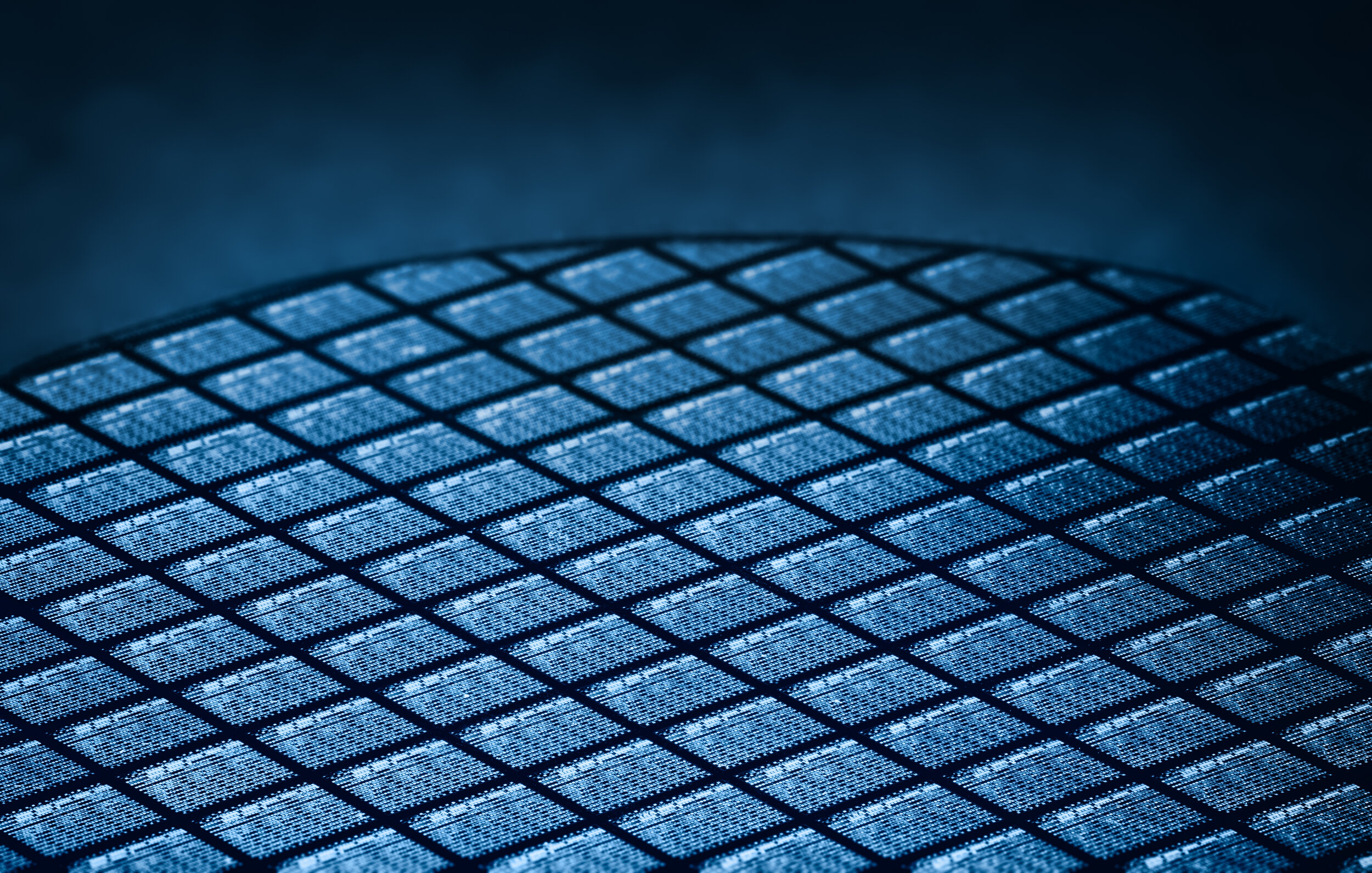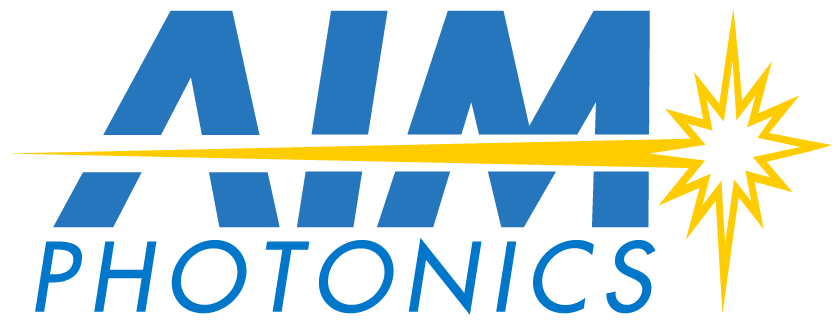
INTERN SPOTLIGHT: MARTIN SANCHEZ
Like other students in the summer internship program at AIM Photonics, Martin Sanchez, a PhD student at the University of Rochester, wasn’t exactly sure what he would be doing when he applied for the internship last spring.
“I took Professor Cardenas’ Integrated Photonics course at the University of Rochester, where he spoke highly of AIM Photonics as one of the few accessible foundries for integrated photonics,” Sanchez said. “I thought that I would be doing more manufacturing of photonic devices since that is what I have experience with, but I ended up being assigned a simulation project.”
With the assignment, which involved the design and simulation of vertical couplers that operate in TM mode, Sanchez found himself in a unique position of having to learn a new simulation software called MEEP on the RPI supercomputing cluster.
“Martin’s project uses a high-performance computing environment for simulations, which results in a more efficient design process,” said AIM Photonics’ Electronic Photonic Design Automation (EPDA) Engineer Jobayer Hossain, who served as Sanchez’s mentor in the internship program. “And as we explore novel materials and new thicknesses, such as thick silicon nitride, being able to test waveguides with vertical couplers is critical for our cycles of learning,” he added.
For Sanchez, the internship experience has had a positive impact on his academics as well as his eventual career path. “I wasn’t expecting to become proficient with FDTD (finite-difference time-domain) software. I’ve gotten so good at it that I’ve started using it for my own research purposes,” he said.
Sanchez will continue pursuing his PhD in Quantum Photonic Integrated Circuits at the University of Rochester this fall, and is excited to be using MEEP in his own studies to simulate a cavity for single-photon emission rate enhancement.
“Simulations are very important for the advancement of integrated photonics and I enjoyed it much more than I was anticipating. I can definitely see myself being an integrated photonics designer,” Sanchez added.
As for his vision for the future of the industry?
“I think the future of integrated photonics involves heavy use of machine learning and inverse design to create integrated photonic devices. The design time could be shrunk dramatically while device efficiency greatly improved through the use of artificial intelligence, which is also an area of interest for me,” Sanchez added.
You can find out more about Martin Sanchez on his LinkedIn profile.
Read the full story:
Students Explore Integrated Photonics through Summer Internships at AIM Photonics

